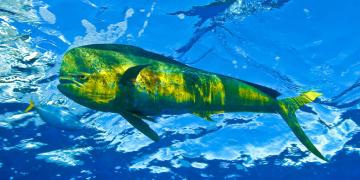Inclusive and participatory forest restoration
Using apiculture to protect biodiversity and improve livelihoods
Running a tree nursery to ensure project durability and community acceptance
Developing a value chain for Oku White Honey to increase quality and quantity of honey, furthering income generation and job creation
Setting up a honeyshop to link remote bee farmers to urban markets
Seeting up and building the capacity of bee farmer cooperatives
